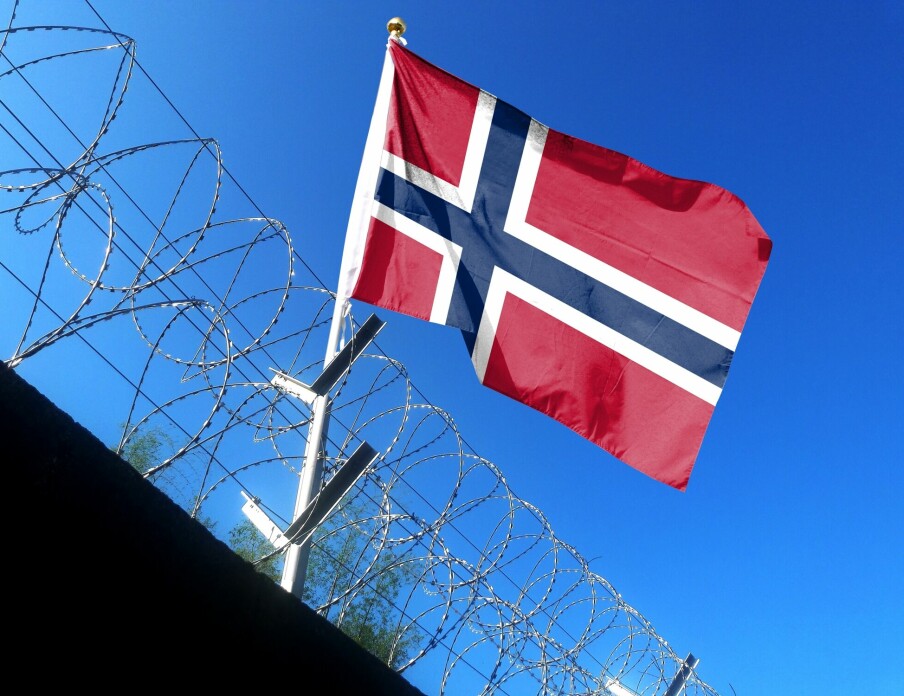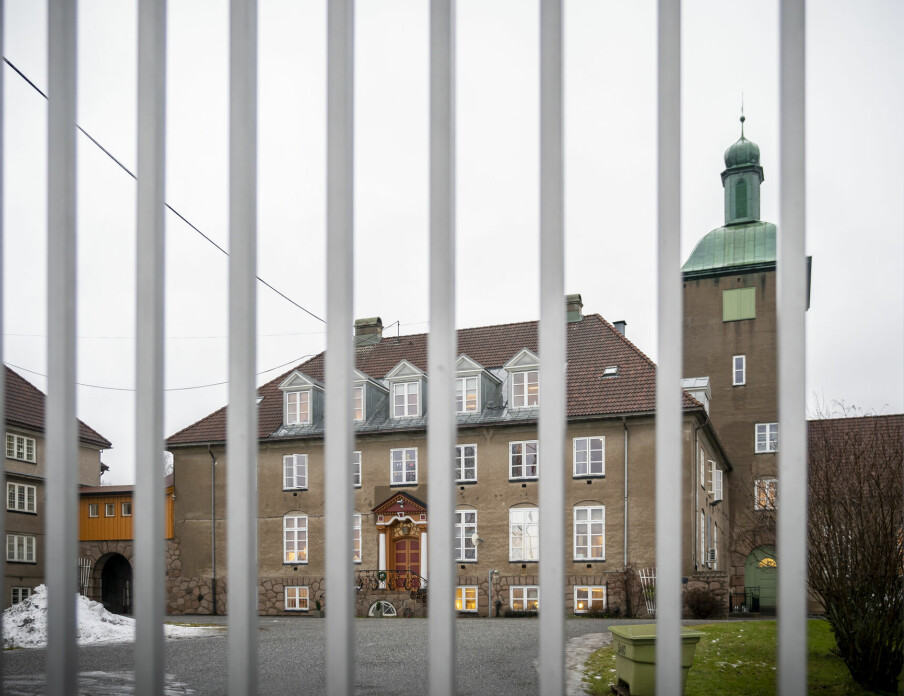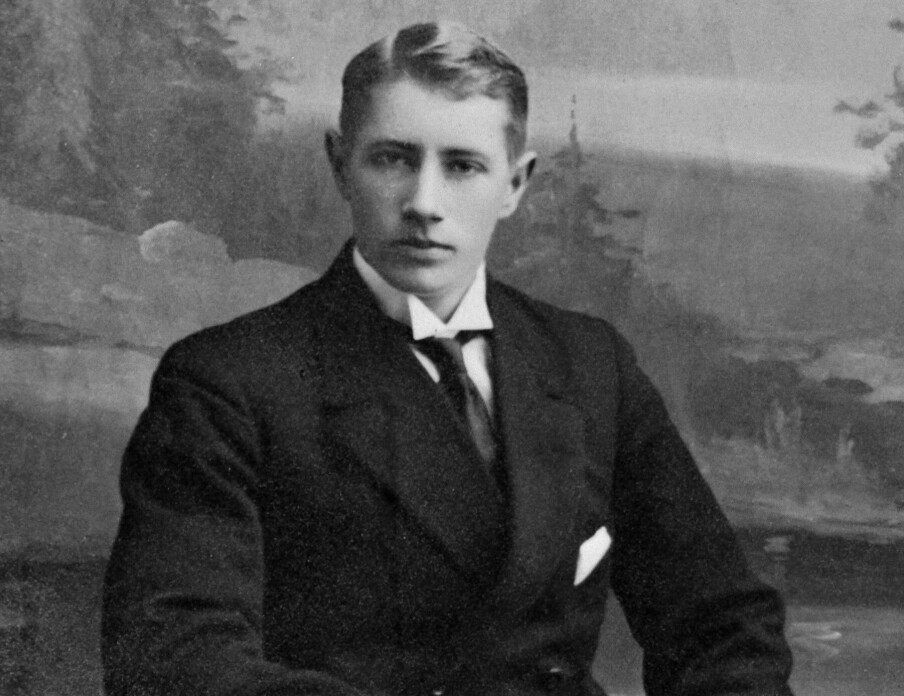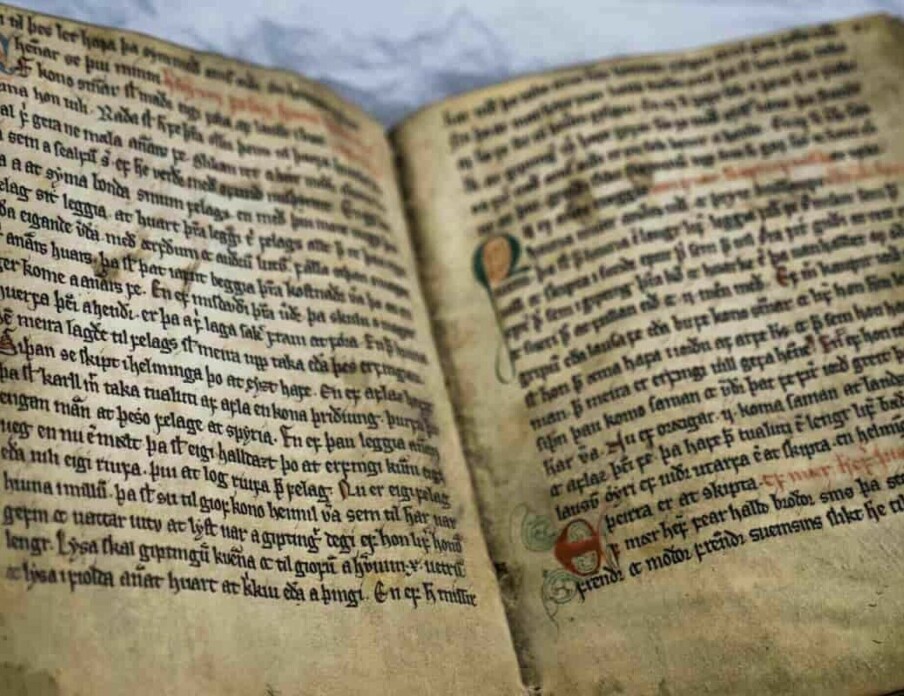Opinion:
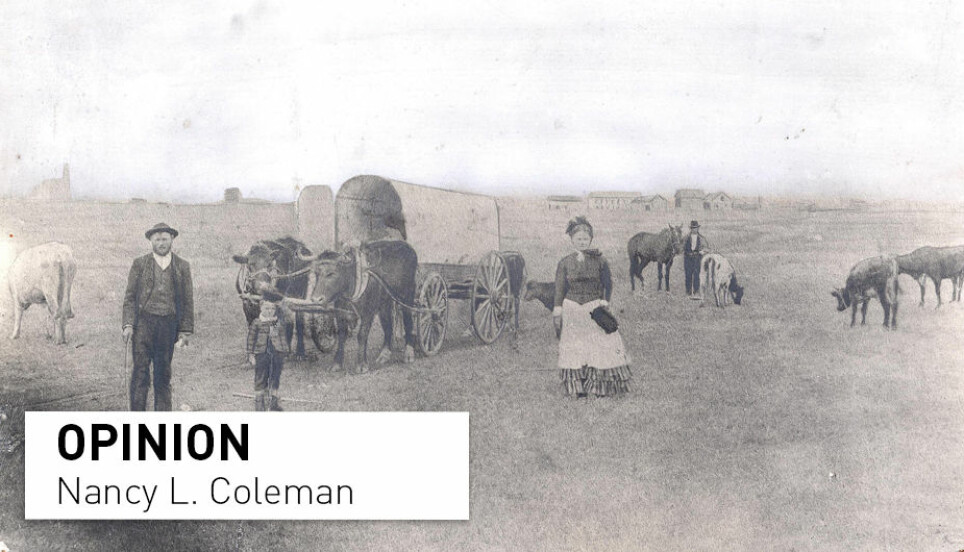
There is no evidence that many Norwegian immigrants supported slavery in the USA
OPINION: A scintillating, but very misleading narrative, claims Nancy L. Coleman.
An article on the websites forskning.no and sciencenorway.no makes the claim that many Norwegian immigrants supported slavery in the USA. It maintains that Norwegian Lutherans with a background in the Norwegian State Church supported slavery, while those who followed the Pietist Hans Nilsen Hauge (called Haugeans) were opposed, and the two sides formed opposing groups in Norwegian America.
Warned about the Infamous Slave Trade
Isn’t this just what we suspected? Even though Norwegians largely settled in the slave-free states in the North, they were actually for slavery? Norwegians were among the whitest of the immigrants coming to the USA, and their support for slavery was an expression of the racism that all white people are born with?
A scintillating narrative, but in my opinion very misleading. Norwegian immigrants to America certainly had varying opinions about slavery and other topics, but there is no evidence to suggest that many Norwegians supported slavery.
Norwegian emigrants took pains to prepare themselves to settle in America. One pioneer, Ole Rynning, published a handbook for emigrants in 1839, a book that was widely read and very influential. Rynning wrote that there was an ugly contrast to the American ideal of freedom and equality: the infamous slave trade that is still tolerated and flourishes in the Southern States. With a great deal of indignation, he describes how Blacks "with wooly hair" are forcibly taken from their homeland in Africa, sold as chattel, driven to work like horses, and if the owner is not satisfied, he can beat or shoot them to death without it being considered murder.
Rynning points out that slavery is permitted in Missouri, but forbidden in Indiana, Illinois and Wisconsin. He predicts that there will soon be a divorce between North and South, or a bloody internal conflict. Rynning was a keen analyst of the situation and proven absolutely right when the Civil War broke out 22 years later.
Most Norwegians Opposed Slavery
It is not unreasonable to claim that most Norwegian immigrants took Rynning’s words to heart and strongly opposed slavery. Most settled in slave-free states. During the early immigration period (1825-60), the consequences of the Missouri Compromise in 1820 were being felt.
When Missouri applied for statehood, there were 11 free states and 10 slave states. The South was set on preserving the balance between the North and South, and Missouri was therefore admitted to the Union as a slave state. During the ensuing years tensions continued to heighten, and eventually culminated in the secession of slave states to form the Confederate States of America, resulting in the outbreak of the Civil War in 1861.
The exotic Norwegians
While Norwegians were settling in the Midwest, large numbers of Americans were migrating westward from the eastern states. These were descendants of settlers from the British Isles, so-called “yankees”, people who regarded themselves as the real Americans. Norwegians built communities within the mainstream yankee society.
The congregations were livid. Here they were sending their youngsters off to war to put an end to slavery. It was only reasonable to expect their church to support them!
From the yankee point-of-view, Norwegians were strangers who came from a country no one had heard of and they spoke a peculiar language. You needed to approach them with skepticism, but they were also rather exotic. When the first Norwegians came to Belmond, Iowa, for example, the news spread like wildfire. People were curious and snuck down to spy on them. But Norwegians proved themselves worthy of respect. They quickly built up well-functioning communities, they were orderly and clean, honest, sober and willing to adapt. In time, their white skin was seen as an added advantage.
One of the first things Norwegians did was to found a Lutheran church, and it became the glue that held the community together. Norwegian American church history is complicated and full of conflicts, but the disputes were not mainly between the Haugeans and the Norwegian State Church. Congregations were dependent on the Mother Church in Norway to provide them ordained ministers, and few of these were willing to serve in America. The Norwegian Synod in the USA therefore made an agreement with the German Missouri Synod to educate ministers in Missouri, the very state that many regarded with skepticism.
Norwegians Did their Civic Duty and Served in the Civil War
Norwegian Americans wanted to be good citizens in their new home. When the Civil War broke out, over 6000 answered the call for service, most in the Union Army. About 300 Norwegians had settled in Texas, one of the first states to secede and form the Confederate States of America, and 65 of them fought for the Confederacy.
Most served not because they wanted to fight for slavery, but to do their civic duty. After the Civil War, an American told a reporter that Norwegians in Texas lived and worked side by side with Blacks and treated them as equals. “No American in his right mind would want to use a Negro who had lived for any length of time with Norwegians,” he commented.
In any case, the number of Confederate Norwegian soldiers pales compared with the thousands who fought for the Union. In the most famous regiment, 15th Wisconsin Infantry Regiment under Colonel Hans Christian Heg, consisting of 90 percent Norwegians, over 2000 served, and Norwegians fought in regiments from all over the Midwest.
Uproar in the Congregations
The Civil War caused a sharp conflict between the congregations in Norwegian America and the ministers in the Norwegian Synod. Norwegian theology students in Missouri reported that their professors were positive towards slavery. In 1861, Professor Larsen was asked to summarize the college’s view on slavery. Larsen did not reply, and this was not well received. Irritated, Larsen wrote that according to the Bible, slavery is not a sin. The congregations were livid. Here they were sending their youngsters off to war to put an end to slavery. It was only reasonable to expect their church to support them!
What is most sensational about these events is the persistence of the congregations in pressuring the Church to condemn slavery.
The Norwegian Synod met shortly thereafter, and the issue exploded. The ministers presented an academic analysis of the Word of God. The ministers were themselves not for slavery, but their job as scholars was to interpret the Bible. To the laymen this was unacceptable: freedom was a human right, and a Christian slaveholder was morally obligated to free his slaves. Literal interpretations of the Bible were just a smokescreen. They demanded that the ministers address the slavery existing in America here and now!
Congregations Withdraw from the Norwegian Synod
The ministers submitted a resolution in which they made it clear that in the Word of God slavery was not a sin, but it was an evil, and they condemned the sins that follow in its wake. The laymen submitted their own resolution: slavery was obviously at odds with the Word of God and Christian love and must be abolished! The conflict continued throughout the Civil war and was only resolved in 1868, when the ministers’ resolution was approved. But the damage was done. The Norwegian Synod had been tarnished and stamped as racist. Eleven congregations withdrew, and many others were split.
The claim that many Norwegians supported slavery has probably made readers curious, but it does not reflect the scholarship on this topic. What is most sensational about these events is the persistence of the congregations in pressuring the Church to condemn slavery. Some ministers had to resign, and others felt great remorse about what they had done. The pioneer minister Claus Clausen, for example, voted for the ministers’ resolution, then immediately regretted his action. He withdrew from the Norwegian Synod, served as chaplain for the 15th Wisconsin Regiment, and wrote passionate articles opposing slavery.
Share your science or have an opinion in the Researchers' zone
The ScienceNorway Researchers' zone consists of opinions, blogs and popular science pieces written by researchers and scientists from or based in Norway. Want to contribute? Send us an email!












